History of the Tuk Tuk
The history of the Tuk Tuk also known as the Auto Rickshaw is disputed, some claim the first Tuk Tuk was in 1947 others claim it was 1934.
We take a look at these claims and put a spanner in the works as we believe the first Tuk Tuk dates back to 1886.
The claim of first Tuk Tuk being 1947 comes from Italy with the claim the Piaggio Ape was the first Tuk Tuk. There is no doubt that in its modern style Piaggio Ape was the first, however, there were Tuk Tuks 61 years before Piaggio designed the Ape.
Some say the first Tuk Tuks were in 1934 and were Japanese. 3 wheelers were being exported from Japan to Thailand in 1934 but were they Tuk-Tuks? In our view, they were not Tuk Tuks as they were just motorbikes with 3 wheels. The front of them was simply a motorbike with a two-wheeled axle fitted at the rear. So you can hardly call them a Tuk Tuk.
Table of Contents
Who did make the first Tuk Tuk?
We believe it was the Germans, in 1886 the Germans applied for a patent for a vehicle that had 3 wheels, two at the rear and one at the front. The vehicle also had a single-cylinder rear engine and was steered by a handle.
Notice how similar that is to today’s Tuk Tuks surely it has to be a Tuk Tuk, the engine even made a tuk tuk tuk tuk sound as it drove by and it is that sound that the name Tuk Tuk comes from.
So the first Tuk Tuk was also the first car. Newspapers reported on July 1886 the first outing of the Benz Patent Motor Car which was a three-wheeled car.
For anyone that makes the claim a Tuk Tuk is not a car because it only has three wheels the fact that the first car also had three wheels proves you are wrong.
The Worlds First Tuk Tuk the Benz Patent-Motor-car
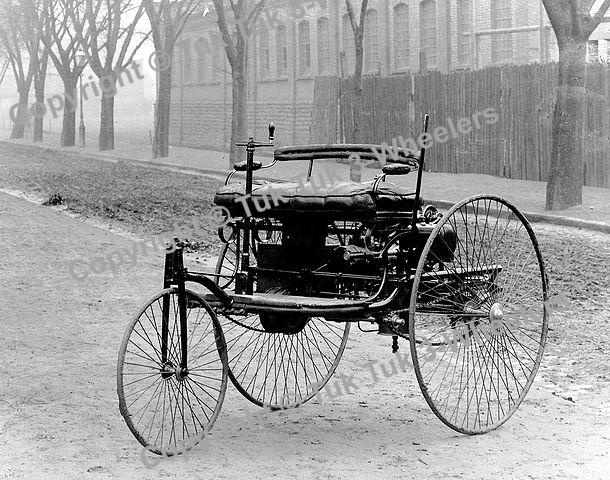
First self-propelled vehicle
If you take away the petrol engine factor of the Tuk Tuk you could even date the Tuk Tuk back to 1769 when Nicolas-Joseph Cugnot invented the first self-propelled vehicle, it was powered by steam and had three wheels.
The Japanese claim to the First Tuk Tuk
When it Comes to the History of the Tuk Tuk the first claim comes from Japan dating back to 1934, however, research seems to point to these being more of a motorcycle adapted into three-wheelers by putting a 2 wheeled axle on the rare.
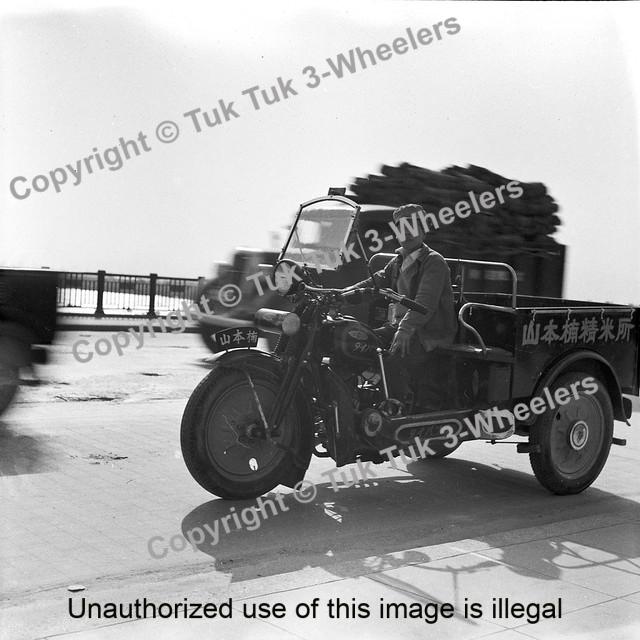
Japan Claim to the first Tuk TUk
The Japanese Ministry of Posts and Telecommunications donated about 20,000 used three-wheelers to Southeast Asia we are unsure of the date of this.
We believe these Japanese three-wheeled motorcycles are far too close to motorcycles to be classed as Tuk Tuks.
Raleigh Karryall
When it comes to the History of the Tuk Tuk the British do not claim to make the first Tuk Tuk, however, they were in fact making vehicles that could be classed as Tuk-Tuks back in 1929 so they predate both Japan’s claim and that of Piaggio.
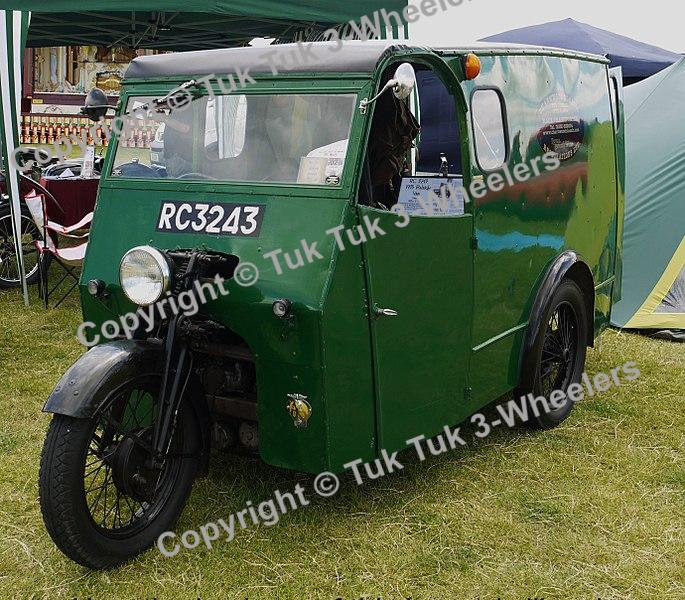
Raleigh Karryall British built Tuk Tuk
It was the Raleigh Karryall that lead to the formation of what turned out to be one of the best-known manufacturers of three-wheeled cars in the world the Reliant Company, the company that went on to build the famous Reliant Robin.
The Raleigh Karryall was a three-wheeled delivery van with motorbike-like controls in the early models, it was designed to carry 5 cwt (254kg) and was powered by a 598cc single-cylinder engine. It was fitted with a three-speed gearbox plus a reverse gear.
The price of a brand new Raleigh Karryall back in the 1930s was £80 (5,119 peso).
In later models of the Raleigh Karryall they put 2 seats in the front and switched from motorbike type control to a steering wheel, they also increased the size of the engine to 750cc.
Piaggio Ape
World War II had hit Italy hard and the economy was in a poor way. Four-wheeled cars were beyond the reach of many Italians at the time, there was also the fact that many of the narrow streets of Italy were not suitable for four-wheeled vehicles. The roads in Italy were also in a bad state of repair after WWII, Italy needed a way to get the country moving again.
During WWII Piaggio had been building fighter aircraft but their Pontedera factory had been demolished by bombing.
Because of this, they needed to rebuild and the fact the end of the war meant there was little demand for fighter aircraft Enrico Piaggio decided to move production away from aeroplanes and do something to help Italy’s transport problem.
Firstly to get people moving again Piaggio started to build scooters and that solved the problem of people being able to get about but did nothing to solve the problem of moving goods.
In 1947 Corradino D’Ascanio who was an aircraft designer and also the inventor of the Vespa scooter decided what was needed to help Italy’s reconstruction was a lightweight commercial vehicle. It was decided that a three-wheeled vehicle was best suited for the job.
Enrico Piaggio the son of Piaggio founder Rinaldo Piaggio liked Corradino D’Ascanio’s design and put it into production.
The very first Piaggio Ape was mechanically the same as a Vespa Scooter but with two rear wheels and a flatbed on top of the rear axle.
When they first advertised the Piaggio Ape it was advertised as a VespaCar. It came with a choice of 3 engines a 50 cc. 125 cc or a 150cc.
It was not until 1964 that a cab was fitted to the Piaggio Ape to protect the driver.
Piaggio Ape C
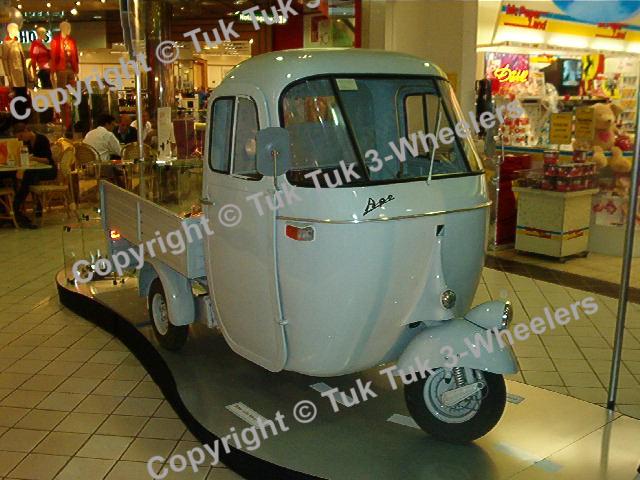
Ape in Italian means bee and it got its name from the bee-like sound the engine made.
Many different body designs were added to the Ape such as vans, tankers, passenger and even fire trucks.
The addition of the passenger body saw the Piaggio Ape being used as a taxi as many Tuk Tuks are today.
We suspect that Corradino D’Ascanio never dreamed his invention would take off in so many other countries and create what has become a national icon in India, and 72 years later would still be in production.
For many years the Piaggio Ape was built in Italy and India but in 2013 all production of the Piaggio Ape was moved to India.
So when it comes to the history of the Tuk Tuk the real first Tuk Tuk has to go to Piaggio.
Lambretta Three-Wheeler
We could not write about the history of the Tuk Tuk without mentioning the Lambretta Tuk Tuk, the reason being it was a Lambretta Tuk Tuk that started my love of the Tuk Tuk.
The year was 1979 I was a 22-year-old Soulboy and a Scooterboy, my first love was Northern Soul Music and my second love was Lambretta Scooters. Most weekends were spent at all-night dances in places such as Wigan Casino but Bank Holiday weekends were different they were for scooter rallies and we would ride our scooters hundreds of miles to attend these scooter rallies.
The Event was the Southend Scooter Rally organised by the Lambretta Club of Great Britain, it was a time when the interest in scooters was growing again and over a thousand scooters turned up for what at the time was the biggest scooter rally since the 1960s.
We were walking around looking at all the scooters and there it was a Lambretta three-wheeled fire engine. I instantly fell in love with it. It was the first Tuk Tuk I had seen in my life and my love of Tuk Tuks started.
Lambro Three-Wheeler
In the second part of the 1940s, Vespa and Lambretta were both building scooters and there was a lot of rivalry between not just the companies but also the owners, it was a rivalry that in company terms lasted until 1997 and for owners continues today.
As already mentioned Vespa introduced a three-wheeler in 1947 so Lambretta was sure to follow and in 1949 they introduced their first three-wheeler, the Lambro FB. There is evidence that Lambretta had a three-wheeler before 1949 but it is unsure if they were for sale to the public.
Lambretta called the three-wheelers Lambro after the name of the river that ran close to their factory.
It was another 10 years before they added a cabin to it making it more like the Tuk Tuks of today, this model was called the Lambro FD.

Lambretta Three-wheeler Lambro
It was around 1960 that Lambretta started to add the size of the engine to the name. With the Lambro Li 175 and 3 years later the Lambro 200.
The rest of the history of the Lambro is long and complex so needs an article of its own, maybe at a later date, we will do it.
To keep it short, production moved to India and it ended up getting bought out by Scooters India Ltd a state-run enterprise.
Today many will say the Lambretta three-wheeler is no more but that is not strictly true because Scooter India Limited produces the Vikram three-wheeler which is powered by Lambretta Engines.
Vikram Tuk Tuk was Built by Scooter India that took over Lambretta.
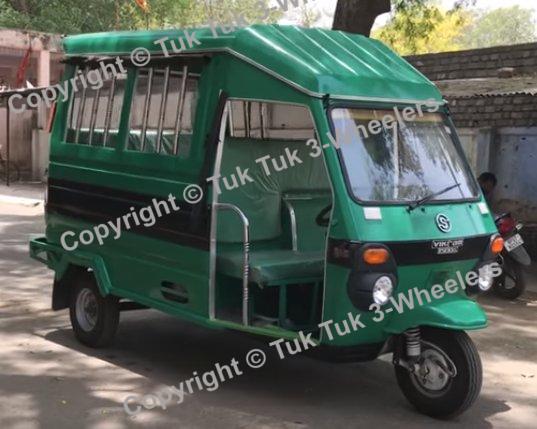
The Lambro was no doubt the second Tuk Tuk in the History of the Tuk Tuk to be produced.
Bajaj Three-Wheeler
The Bajaj Three-Wheeler was a latecomer to the history of the Tuk Tuk as it was not until 1971 they started to produce their own Auto Rickshaws before that year they were building the Piaggio Ape under license.
Despite being a late starter Bajaj RE has gone on to become the largest manufacturer of three-wheeled cars in the world and for that very reason, we will be doing a separate article on the History of the Bajaj Auto Rickshaw soon.
TVS King Three-Wheeler
TVS is the new kid on the block when it comes to Auto Rickshaws, but not as new as many think. As it has been about for 13 years at the time of updating this article it is time to give it a place in the History of the Tuk Tuk.
The TVS Motor Company started producing Three-Wheelers in 2008 and while it was slow to take off to start with it is now gaining ground on the long-established Auto Rickshaw manufacturers.
TVS took the basic idea of the Tuk Tuk and modernised it. They looked at all what was wrong with the other brands that had become very dated with little change since the 1970s and updated them.
The main thing they did was do away with the lever for reversing, the lever for reverse was an idea from the first Tuk Tuk that never seemed to get updated, it was a cumbersome idea that did its job in the most basic way.
They moved the reverse onto the twist grip so it was easy and quick to get reverse, you no longer had to reach down for the lever.
They fitted it with car style headlights and rear lights, they gave it an all-around more modern look. They put a smoother gearbox in it so no more clunky gears that were hard to change.
Basically, they took brought the Tuk Tuk into the 21st Century.
Sales of the TVS King were slow at first and it struggled to get of the ground in India and Sri Lanka, the 2 biggest markets for the Auto Rickshaw.
The reason for it not taking off in the countries was drivers being stuck in their ways most of them had driven Bajaj Auto Rickshaws for years or grown up seeing them everywhere.
TVS Motors turned their attention to other countries where Auto Rickshaws were relatively new, in Africa, South America and the Middle East.
TVS King in Nigeria
The biggest success for the TVS King was in Nigeria where they quickly took over as the number one three-wheeler. In Nigeria, the Tuk Tuk is known as keke napep and the market grew quickly when the government made motorcycle taxis illegal.
Nigerians found the TVS King was better suited to the poorly maintained roads in Nigeria than other brands.
TVS King in Iraq Uprising
During an uprising in Iraq where Tuk Tuks become a symbol of the uprising because they were seen going into the crowds picking up the injured and rushing them to the hospital.
While there is no doubt that all brands of Tuk Tuks were used, the TVS King was the preferred choice, because of its extra body strength, its acceleration and the ability to quickly reverse.
In Peru, TVS seems to be the number one choice.
The praise the TVS King was getting in other countries has started to get noticed by Auto Rickshaw drivers in India and Sri Lanka and interest in them has now finally started to grow.
Drivers in these main two countries for Auto Rickshaws are watching YouTube videos from other countries and seeing the TVS King outperform other brands, so sales are picking in them countries.
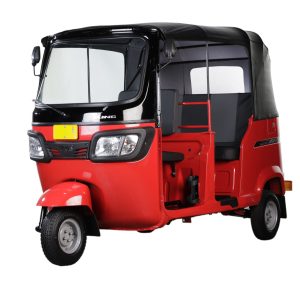
TVS King the Tuk Tuk that gives better performance
History of the name Tuk Tuk
While researching this article we made an interesting discovery.
You will often read that the name Tuk Tuk comes from the sound of the engine and we believed this ourselves and have even mentioned it in this article, however, we now believe this might not be correct.
The reason we are no longer sure if it is correct is that we discovered in Italy they are called Tukxi. We can not find what Tukxi means if anyone can tell us please let us know. It could be that Tuk Tuk came first and Tukxi is just a shorter version of it. However, it does seem that the term Tukxi may have been in use before the term Tuk Tuk and before the Tuk Tuk was in India.
They claim the term Tuk Tuk came from the British that visited Asia and named it Tuk Tuk because of the sound the engine made. The fact we have discovered the word Tukxi was used before Tuk Tuks arrived in India seems to point to it being a Tukxi before it was a Tuk Tuk.
FAQ History of the Tuk Tuk
Q: What is an auto-rickshaw or tuk-tuk?
A: It is a vehicle used for transportation in many countries, particularly in Southeast Asia, South Asia, and Africa. The vehicle has three wheels and is powered by a small engine.
Q: Why is the vehicle called a tuk-tuk?
A: The name tuk-tuk is thought to come from the sound that the vehicle’s engine makes. In Thailand, the vehicle is known as a “sam lor,” which means “three-wheeled vehicle.”
Q: What is the use of the auto-rickshaw?
A: The auto-rickshaw is used as a mode of public transportation, particularly in densely populated cities where other forms of transportation are not feasible.
Q: How has the auto-rickshaw impacted the tourism industry?
A: The auto-rickshaw has become an iconic symbol of transportation in many countries, especially in Southeast Asia, and is often considered an essential part of the tourist experience. Many tourists enjoy riding in tuk-tuks to explore local areas and experience authentic culture.
The Author’s extensive experience in driving, coupled with their comprehensive knowledge of the Vienna Convention on Road Traffic and the Vienna Convention on Road Signs and Signals, makes them exceptionally well-versed in road regulations and practices. With over 30 years as a professional Heavy Goods Vehicle Driver, accumulating over 5 million kilometers on the road, they possess a wealth of practical understanding in navigating various driving conditions and scenarios.
As signatories to the Vienna Convention, the countries where The Author has driven, including the Philippines, adhere to the same set of rules and regulations. This common legal framework ensures consistency in road governance across these nations, enabling The Author to apply their knowledge and experience seamlessly across different regions.
Moreover, The Author’s participation in various driving courses, such as safe driving, defensive driving, advanced driving, and fuel-saving techniques, has further enhanced their expertise. This comprehensive training equips them with specialized knowledge and skills to ensure a high level of competence and safety on the road, while also aligning with the principles outlined in the Vienna Conventions.
In addition to their driving experience, The Author’s dedicated research spanning four years on the laws pertaining to Three-Wheelers in the Philippines demonstrates their commitment to understanding and promoting road safety within the specific context of the Philippines. This focused exploration allows them to stay up-to-date with any unique regulations or considerations that may exist alongside the overarching principles established by the Vienna Conventions.
Overall, The Author’s extensive driving experience, combined with their comprehensive knowledge of the Vienna Convention on Road Traffic and the Vienna Convention on Road Signs and Signals, positions them as an authority in road regulations and safety. Their expertise and dedication make them invaluable in promoting responsible and informed driving practices, both locally in the Philippines and across countries that share the same legal framework.
DILG Ban on National Highways Should have Prohibitory Road Signs
Any Ban on National Highways or any other road should have prohibited road signs to…
DILG Tricycle Ban does not apply to Tuk Tuks
Did you know that under the law the DILG Tricycle Ban does not apply to…
TVS King Person With Disability
TVS King Person With Disability Is the TVS King a suitable mode of transport for…
TVS Kargo Pickup (Open Tray) the Perfect Small Cargo Carrier
The TVS Kargo Pickup which is the cargo carrier of the TVS King is now available from Tuk…
The History of the Tuk Tuk (Auto Rickshaw)
History of the Tuk Tuk The history of the Tuk Tuk also known as the…
Revitalize Your Commute with the TVS XL 100 Philippines: Experience the Reliability!
TVS XL 100 review I. Introduction to the TVS XL 100 Philippines TVS XL 100…
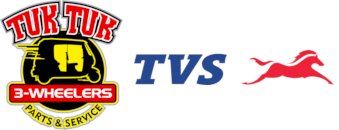
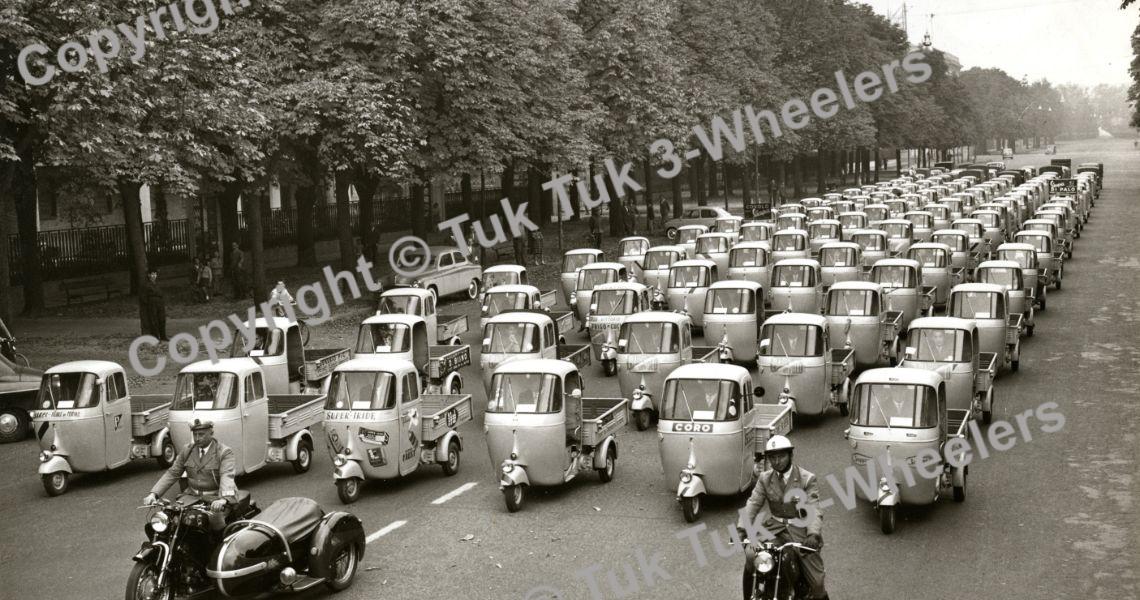


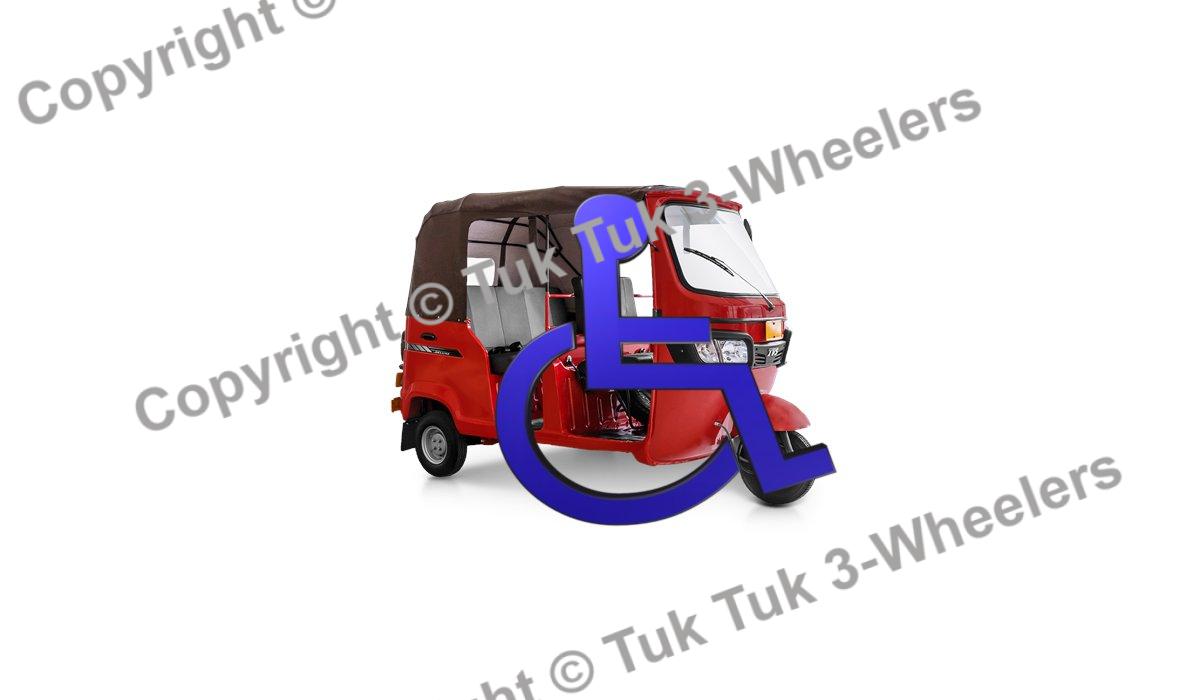
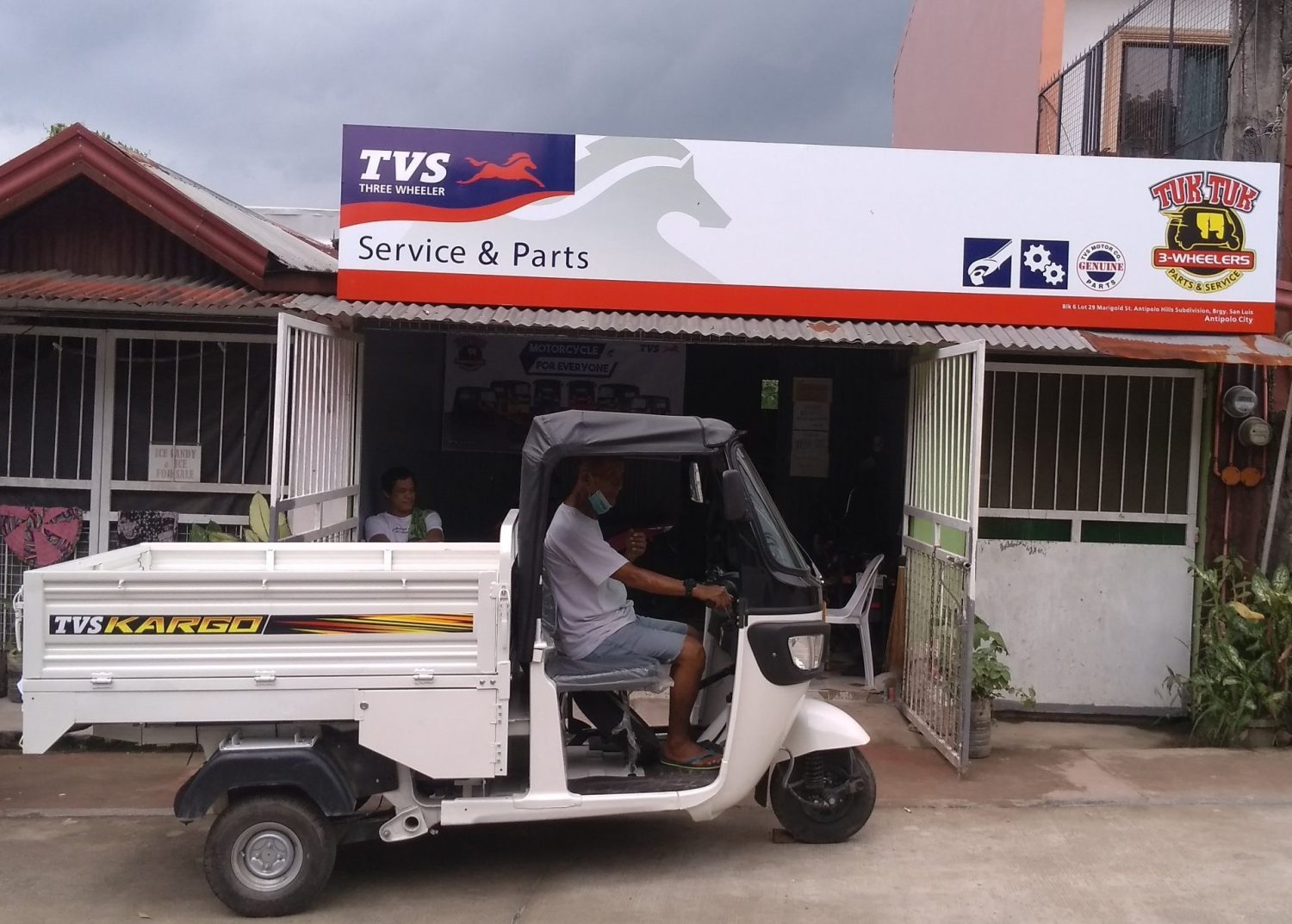
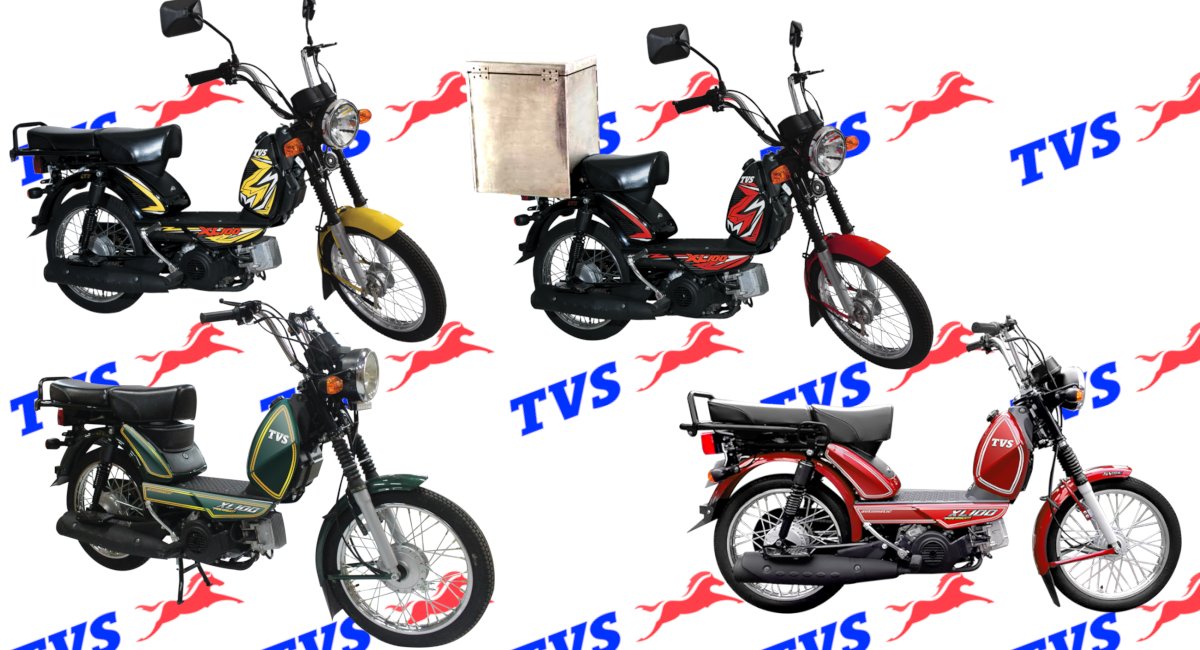
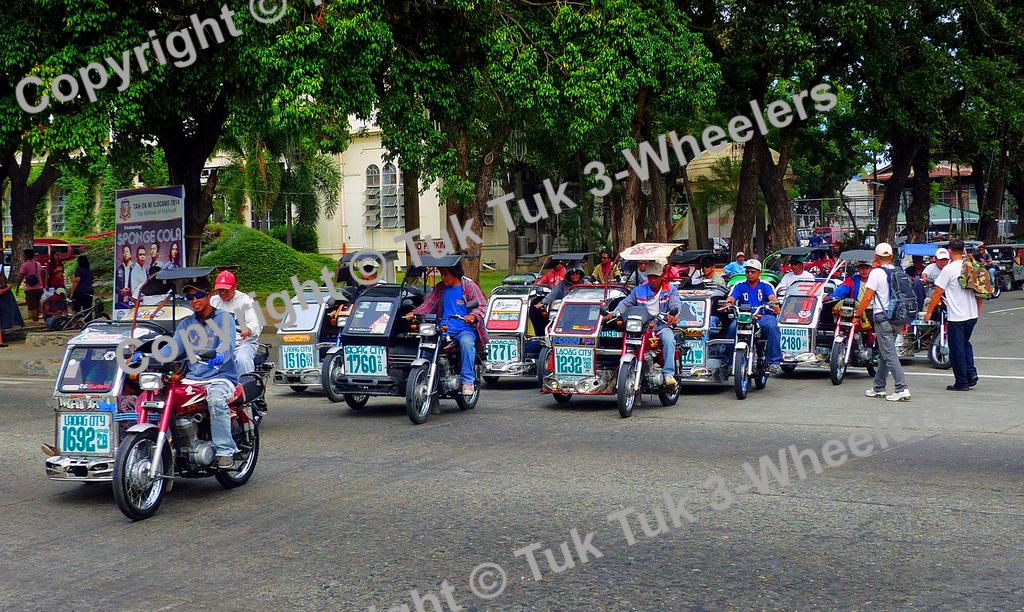
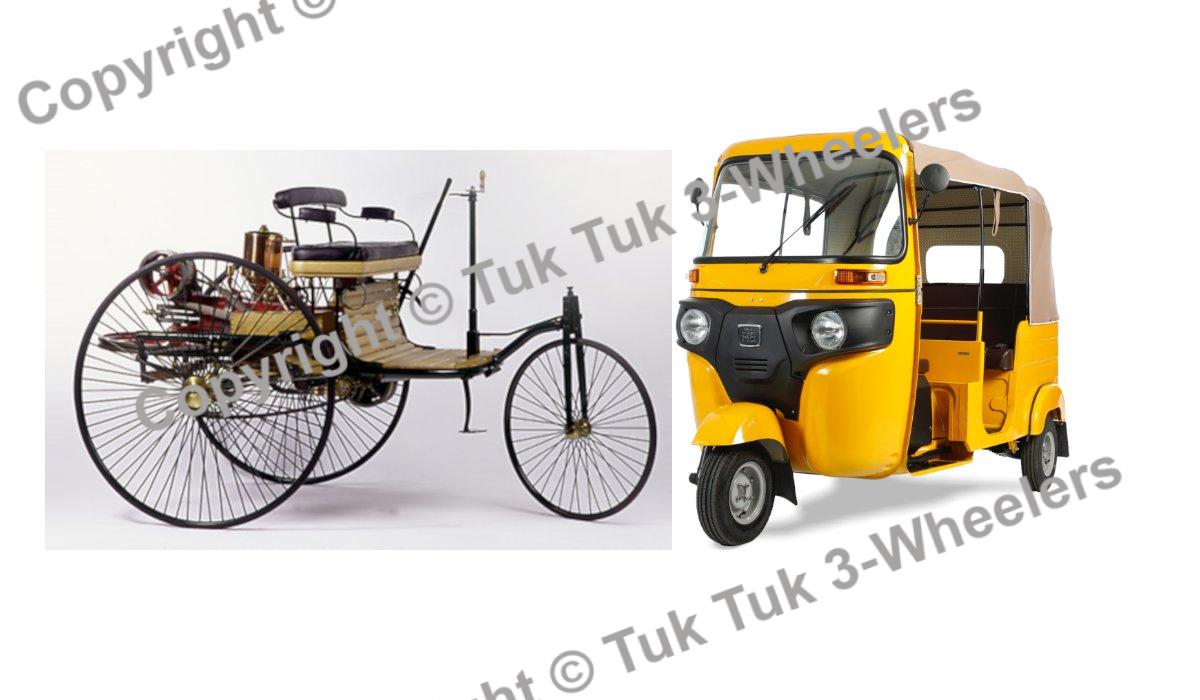
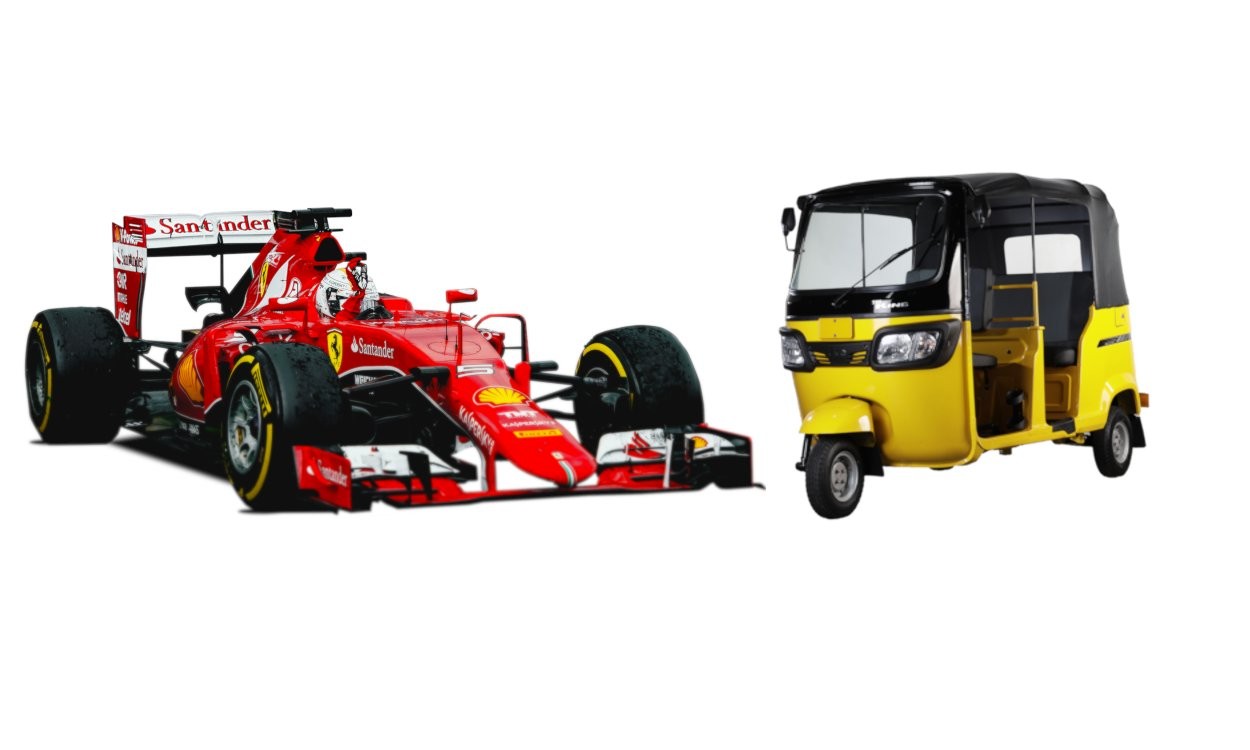

Love the research, but Bottomline is you also have your business agenda to promote or sell Tuk Tuks over tricycles.
We have no business agenda we do not sell Tuk Tuks. It is simply we think they are a great little vehicle that are fun and can help solve the countries traffic problem.
i really like the performance of Bajaj RE because it affordable and durable easy to operate, when comes to engine very powerful even in a high and rocky road most of all fuel efficient.
True but that also applies to the TVS King. In fact, the TVS King performs even better on high and rocky roads and the fuel efficiency is just the same as the Bajaj RE.
I just bought one unit TVS king,hope to customize it so that inside will be lock .
My business offers an Australian Government accredited TESOL programme in Phnom Penh and consequently I travel to Cambodia several times each year. When I am in Cambodia, I predominantly travel by TUK TUK. They’re cheap, reliable and can be found on every street corner. Watching the world go by from the back seat of a TUK TUK is one of life’s pleasures in my view.